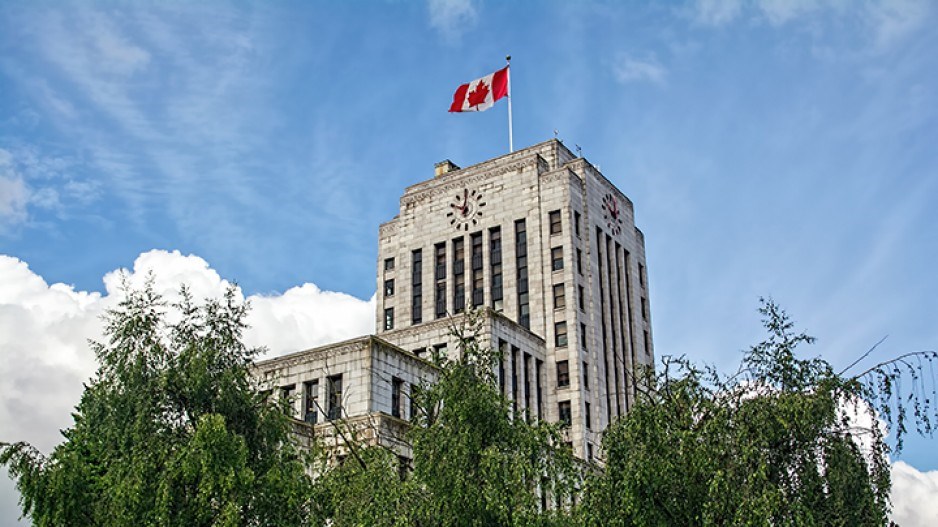This article was originally published in the July 2020 issue of BIV Magazine.
Just how sustainable are B.C. cities and communities? Are Metro Vancouver’s municipalities as green and forward-thinking as the province’s reputation would have people believe?
The answer, experts say, is mixed. By many metrics – such as high transit ridership (prior to COVID-19) and strong municipal buy-in on climate change policies – the region performs undoubtedly well. But analysts add that some of the most important metrics could use a boost – and that requires a combination of government coordination and outside-the-box thinking.
“There’s the talk, and then there’s the walk,” says Andy Yan, director of The City Program at Simon Fraser University (SFU), which was recently named by Times Higher Education the world’s top university for impact on sustainable cities. “Some of the tougher things may still be in front of us.”
Yan believes Metro Vancouver needs to take the next step by looking at how zoning and land use can create “complete communities,” which allow as many residents as possible to meet their needs locally, thereby minimizing commutes and the need to travel by car.
An integral part of that is industrial land availability in an urban area – something Vancouver is sorely lacking.
Another trend that the Metro Vancouver region should adopt, Yan notes, is the shift away from condominium blocks driven by lot assemblies. Such developments dominate neighbourhoods but don’t improve affordability. They also displace existing community services that residents may need to replace by travelling elsewhere.
“Those assembly developments will still occur, but if it comes at the expense of industrial space, it’s a pretty pyrrhic victory,” he says.
Sherry Yano, renewable energy transition manager at the David Suzuki Foundation, says that the will from the community and municipal leaders to address sustainability is strong – especially when it comes to the issue of climate change.
Examples include the 2007 B.C. Climate Action Charter, which has garnered signatures from 187 of 190 provincial municipalities, and the more recent Climate Caucus.
“It’s not unreasonable to hope B.C. communities lead the way,” Yano says when it comes to fighting climate change through urban sustainability. “Both the elected officials and public polling of people’s attitudes show that B.C. is in a position to lead the country on how it’s done.”
The challenge is coordinating everyone involved, which requires funding from higher levels of government. Without it, municipalities are left to their own devices and are often unclear about the targets they are trying to hit.
Yano notes the province’s CleanBC plan calls for a 40% reduction of greenhouse gas (GHG) emissions by 2030, and an 80% reduction by 2050. Those targets are already out of step with projections from the United Nations’ Intergovernmental Panel on Climate Change, which is calling for a 45% reduction by 2030, and net-zero emissions by 2050. “There’s almost no point for setting targets because they are so easily missed,” Yano says. “Broader research shows municipalities have jurisdiction over 50% of our emissions. And yet if they are responsible for reductions but not funded for them, then you are putting them almost in an impossible place.”
The grassroots will of the public can help influence how sustainable B.C. municipalities are. Votes and messages to government can help advance the need for clarity and funds.
“People need to push for it,” Yano says. “Elected leaders can never act without the support of the electorate.”
This article was originally published in the July 2020 issue of BIV Magazine. Read BIV Magazine: The Sustainability Issue here.




